Engineer, philosopher, roboticist: inside the fine-tuned mind of Conrad Shawcross
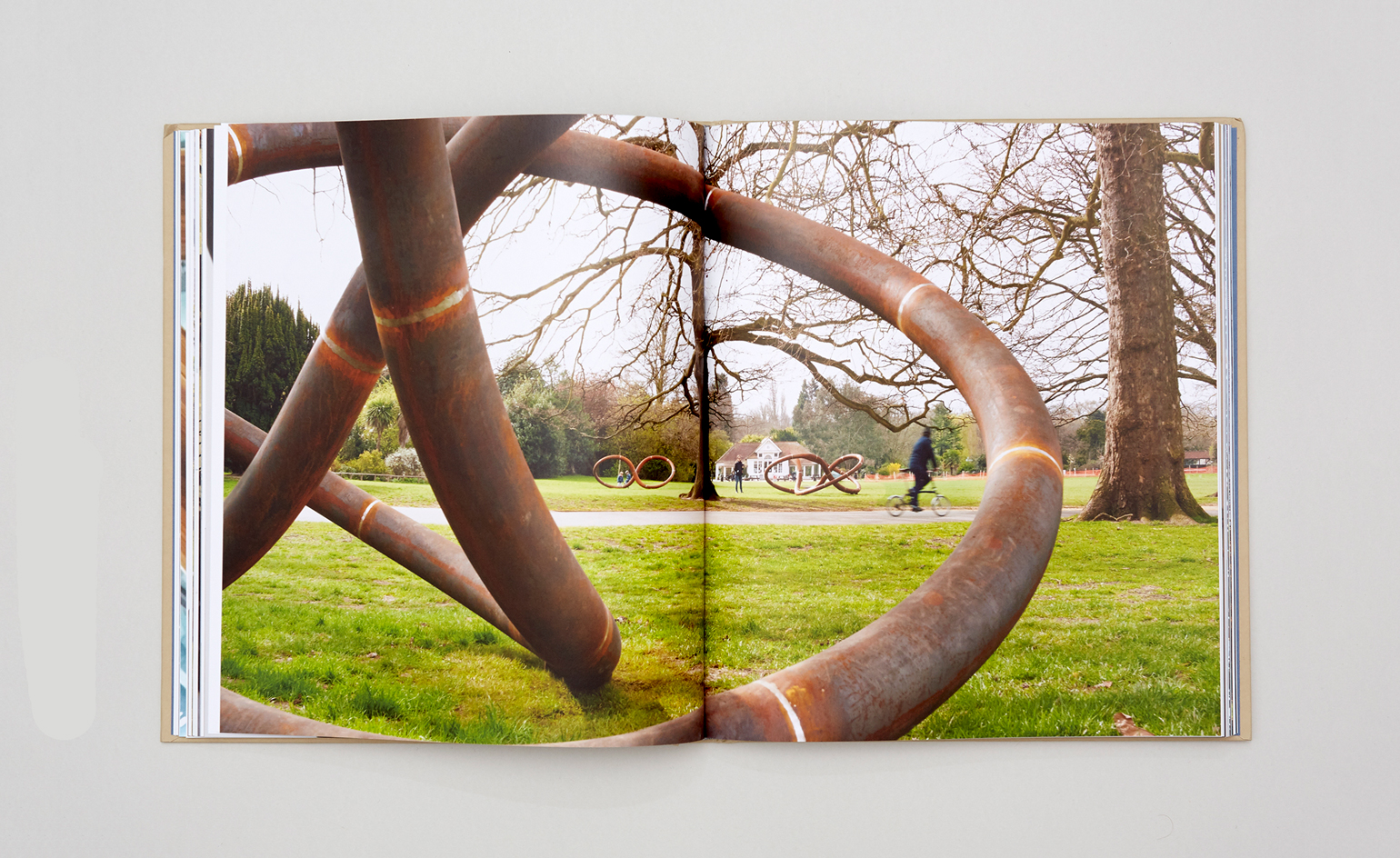
From halcyon days spent in the London Science Museum's maths gallery, to under the hood of his first Leyland Sherpa van, we're about to journey deep into the mind of Conrad Shawcross. The London-based artist is the subject of Pyschogeometries, a new book published by his gallery, Victoria Miro, and arts magazine Elephant, that investigates his practice photographically, illustratively, and through a series of writings. It’s the first book of its kind that goes into such edifying detail about the artist's work to date.
What strikes you immediately when reading it: Shawcross' practice is remarkably complex. Hang from every word as he jumps from reference to reference, from the philosophy of science, to childrens' toys, Greek mythology, Renaissance architecture and Buckminster Fuller. Keep up if you can. His sculptures may appear, on one level, like ‘childlike stacks of blocks' (his words), but there's incredible allusion, architecture and abstraction here – and that's what this book focuses on.
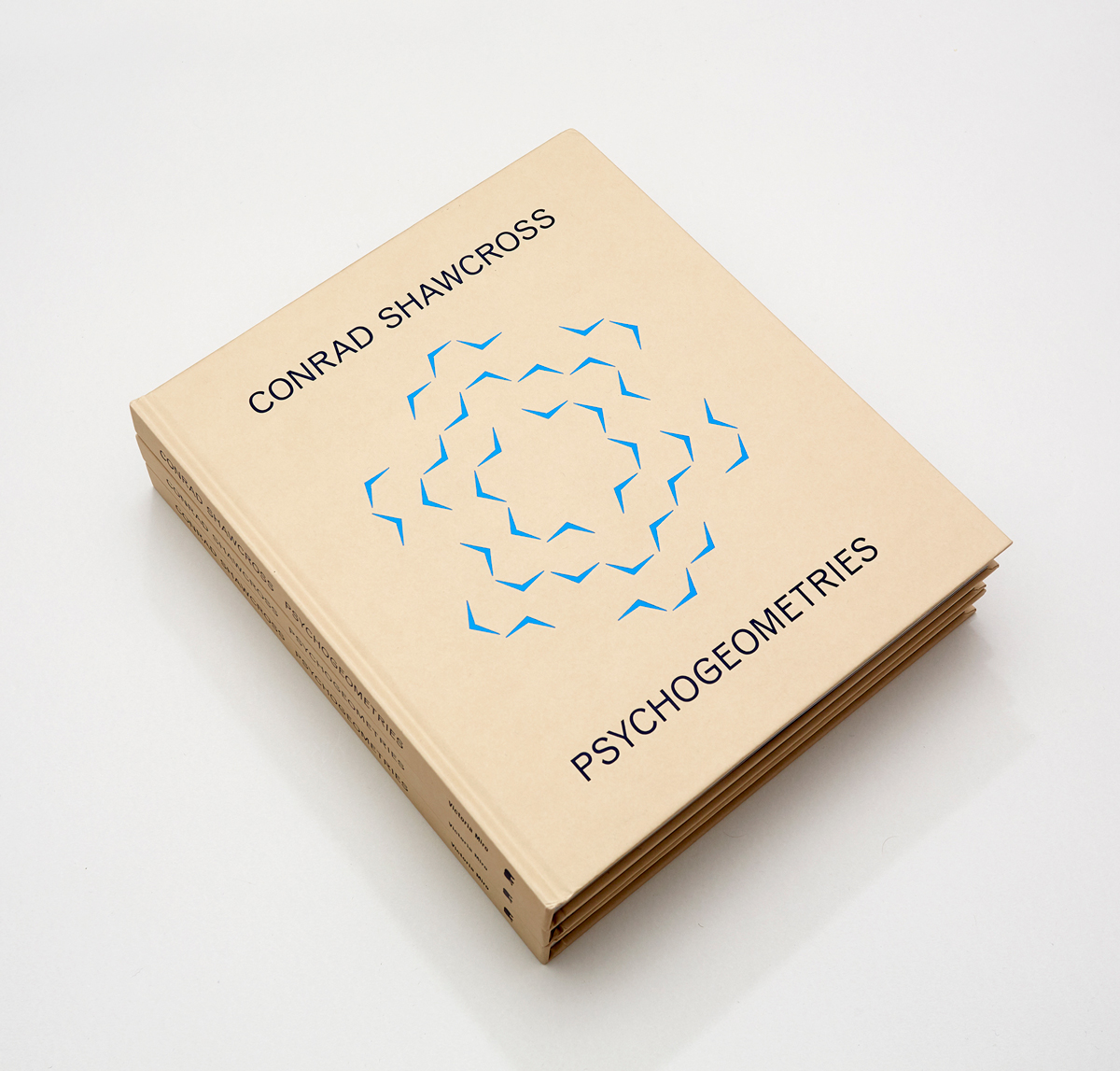
‘This is conceptual art that somehow also hits us in the preconscious, connects us with our most elemental wirings,’ Wallpaper* senior editor Nick Compton writes in the introductory essay, capturing the essence of the book’s title. ‘Pyschogeometries’, a theory coined by Italian physician Maria Montessori (1870-1952), suggests that being introduced to geometries at the earliest stages of development can fire up crucial neural connections and aid learning and insight – in all areas – throughout our lives. Geometry is, she suggests, ‘a gymnasium for the mind’, a way to stretch our intelligence abstractly, before we have the life materials to do it for real.
Shawcross stretches his psychogeoemtrical instincts across tetrahedral systems – a motif that recurs throughout his work, in Formation (2015), Paradigm (2016), in the Optic Cloak tower in Greenwich (2016), and in the recent Fractures sculptures (2018). In the book, Shawcross explains how he is interested in the tetrahedron mathematically, but also because of what it represents. The tetrahedron lies at the basis of nature, most obviously in H2O at molecular level, and in DNA, which comprises molecular variants of what Buckminster Fuller called the ‘tetrahelix’. These towering, brink-of-collapse, ‘whisp of smoke' sculptures represent nature, and humanity, at its most elemental.
Shawcross is also preoccupied with machinery. His early work, in particular, revolves around mechanically complex engine-making. Recall the giant, intricate rope production works, Yarn, (2001), The Nervous Systems (2003) and Chord (2009) that spooled colourful threads across London institutions when the artist was still in his twenties. ‘There is (self-consciously) something of the Victorian Gentleman scientist about Shawcross, the untethered engineer, physicist and metaphysicist,' Compton writes of the artist's fascination with nuts, bolts, cogs and axles. ‘He'd make a great Frankenstein.'
RELATED STORY
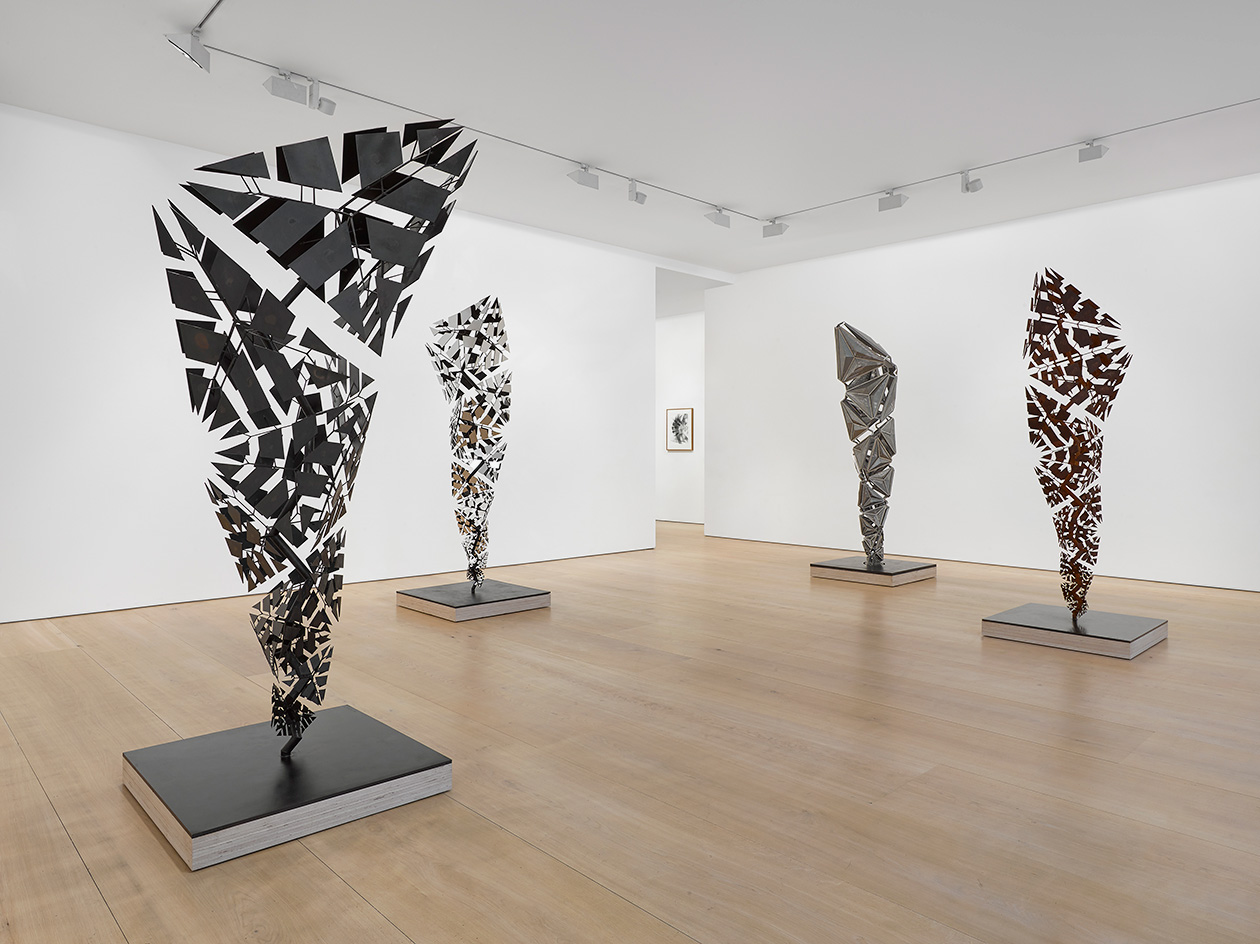
Frankenstein, maybe. Roboticist, for sure. With AI on the rise in the 2010s, Shawcross’ interest in mechanics moved into robotics. ‘I came across a five-axis robot in an art fabrication studio and it kind of stopped me in my tracks,' he explains of his first interaction with artificial intelligence, linking it to artistic progression. For Shawcross, coding is a kind of choreography – quite literally in the case of his 2012 collaboration with Wayne McGregor and Kim Brandstrup at the Royal Opera House, where he hard-coded a relentless robotic arm (‘Diana’) to dance alongside Royal Ballet’s best – Carlos Acosta, Leanne Benjamin, Tamara Rojo and Ed Watson, in swinging, pulsating time to the score.
Through all this talk of geometries, mechanics, robotics, and what the artist calls ‘audacious structural forms’, it might be all too easy to assume that Shawcross’ work lacks sensitivity, or emotion. But this is to miss his musicality, flowing contours, rhythms, references, histories. The poetics of his work is heard most clearly in the chapter called ‘Harmonics’, which focuses on Shawcross’ attempts to transmogrify sensory experiences of music into a visual medium. The pages are lined with intricate drawings, made by pendulum driven pencils; works in lighting design that dance across the page; looping sculptures that make cast iron appear weightless.
‘I like the idea of [the works] appearing at first to be a piece of industrial infrastructure in the urban realm, feeling quite austere and like functional utilitarian objects,' Shawcross writes in the book. ‘But then on closer examination, once you enter into them, you suddenly find yourself in something that beneath the cloak is more poetic, more ethereal.’ That is, in a sense, what the book allows us to do – intimately step within the works, look deep into their geometric or mechanical structuring, perceiving it how the artist himself does; poetically.
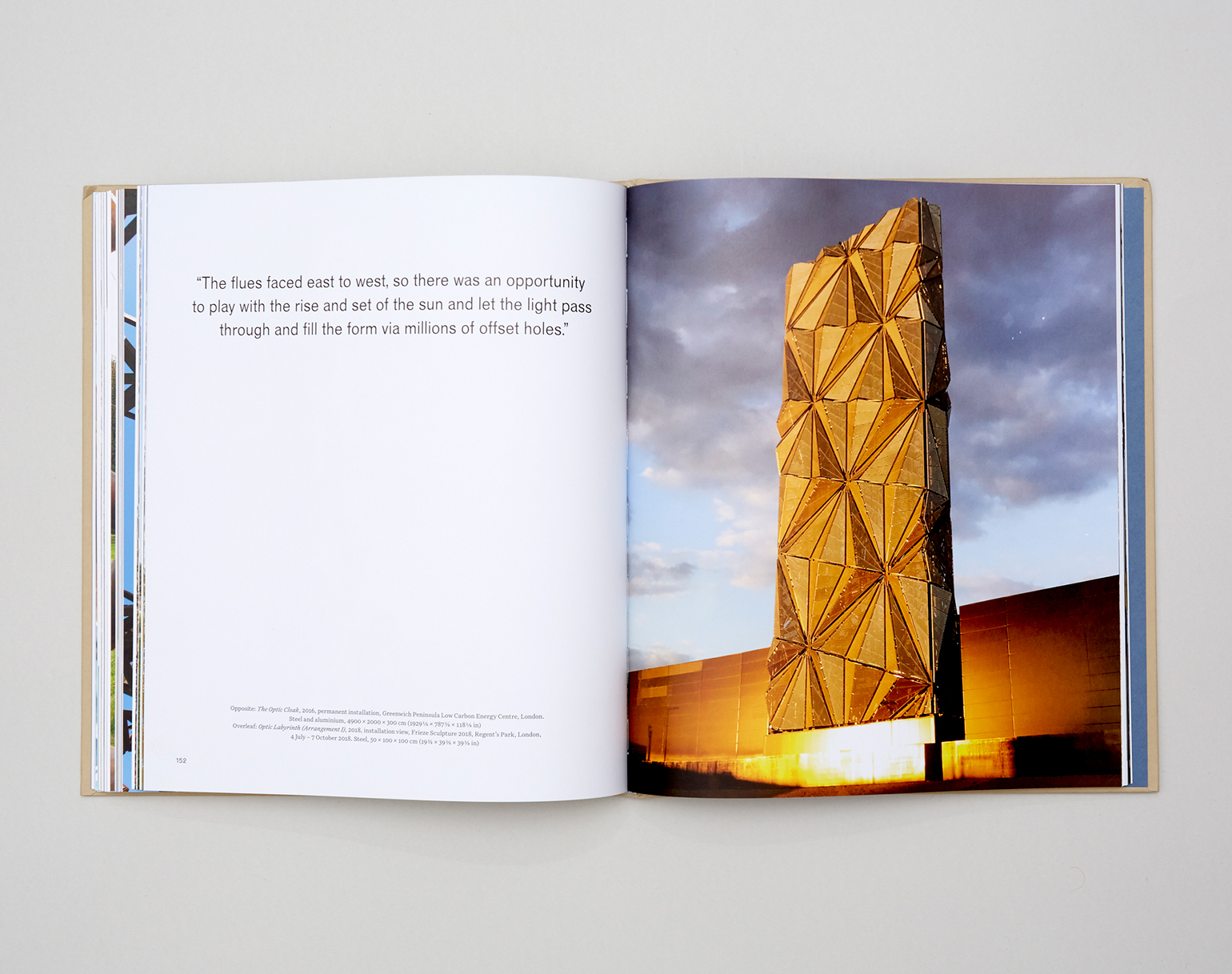
The Optic Cloak, 2016. Permament installation, Greenwich Peninsula Low Carbon Energy Centre, London
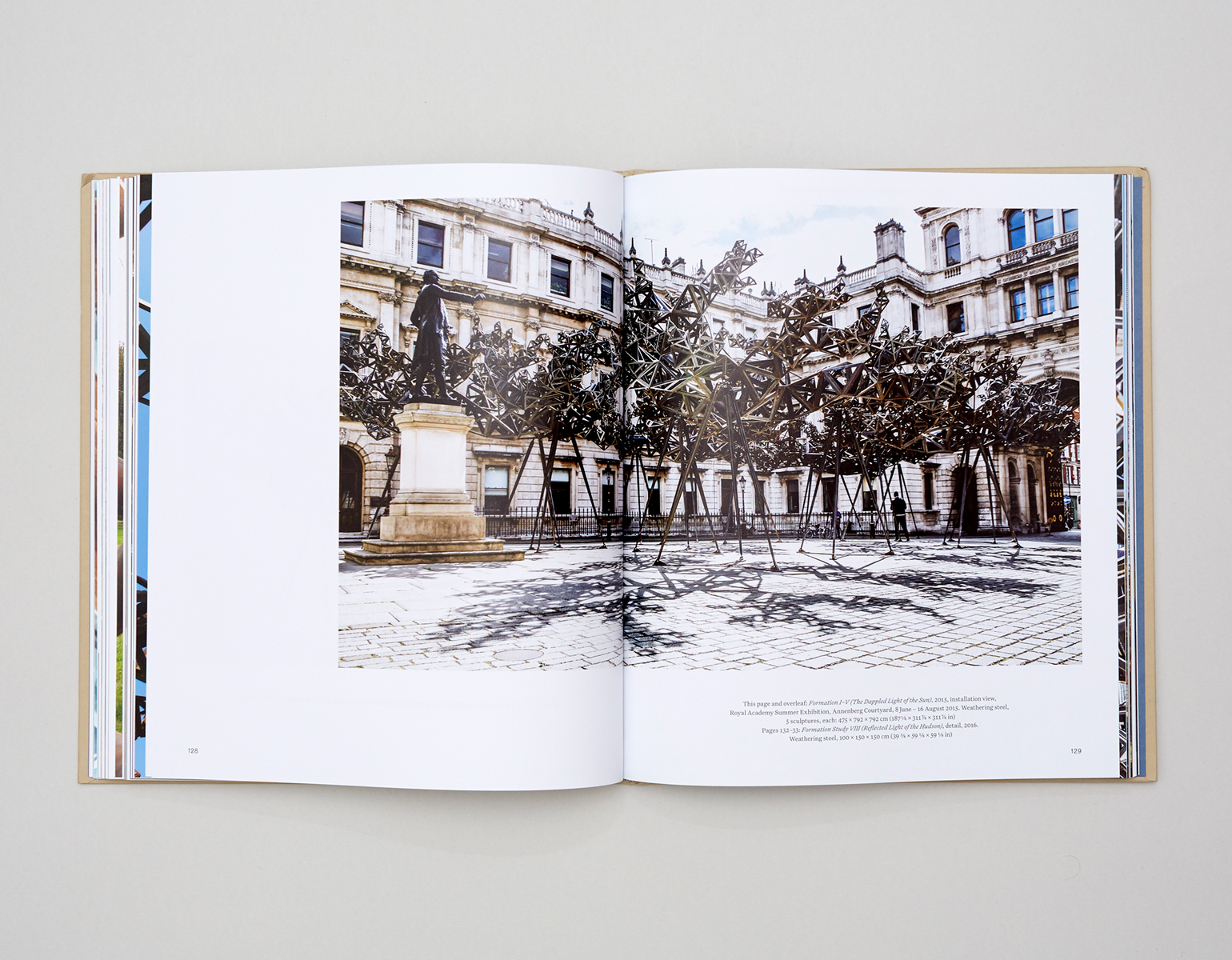
Formation I-V (The Dappled Light of the Sun), 2015. Installation view, Royal Academy Summer Exhibition, Annenberg Courtyard (8 June - 18 August 2015)
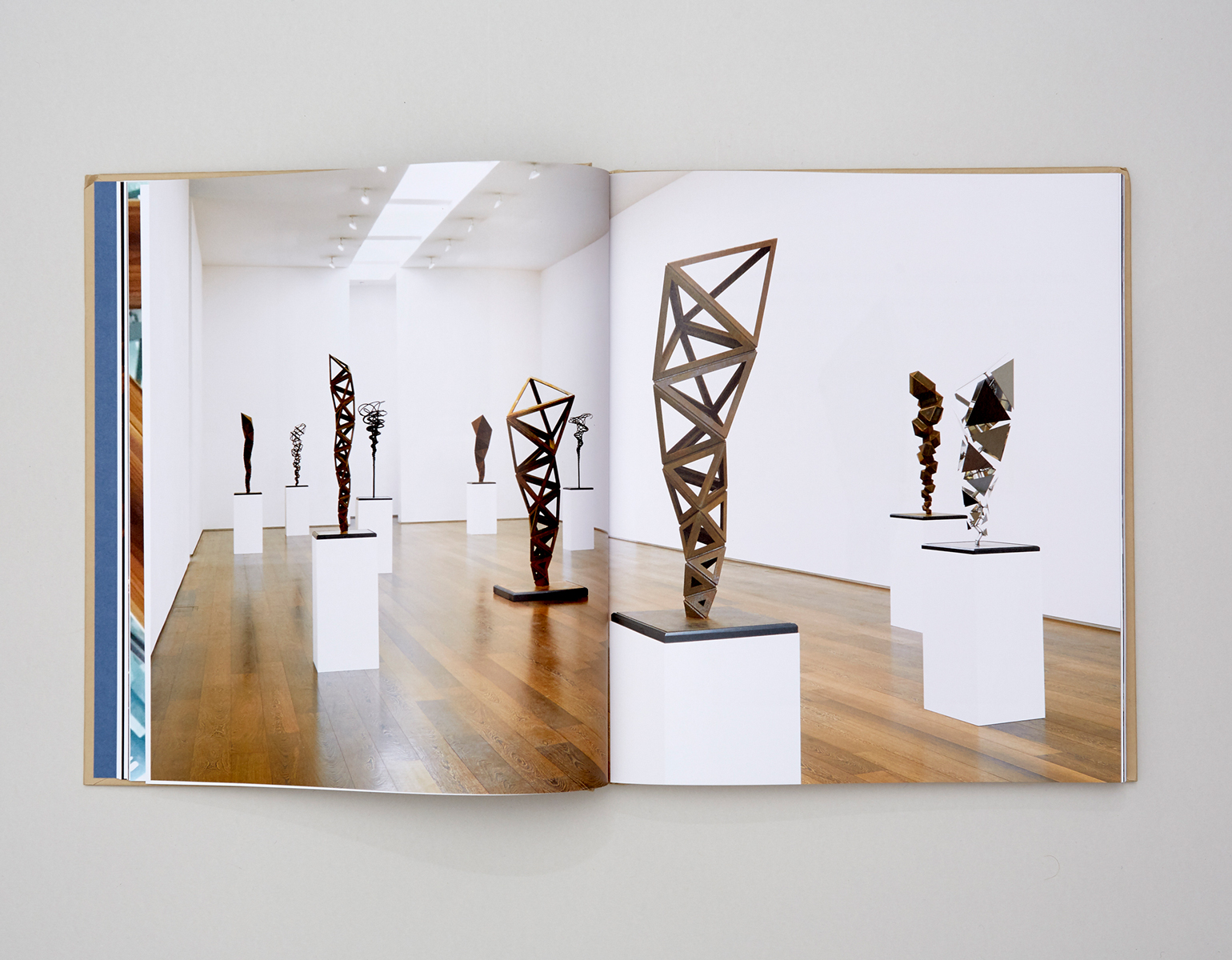
‘Inverted Spires and Descendent Folds’, installation view, Victoria Miro Gallery II, London (10 June - 31 July 2015)
INFORMATION
Conrad Shawcross: Psychogeometries, £35, published by Victoria Miro and Elephant. For more information, visit Conrad Shawcross’ website
Receive our daily digest of inspiration, escapism and design stories from around the world direct to your inbox.
Elly Parsons is the Digital Editor of Wallpaper*, where she oversees Wallpaper.com and its social platforms. She has been with the brand since 2015 in various roles, spending time as digital writer – specialising in art, technology and contemporary culture – and as deputy digital editor. She was shortlisted for a PPA Award in 2017, has written extensively for many publications, and has contributed to three books. She is a guest lecturer in digital journalism at Goldsmiths University, London, where she also holds a masters degree in creative writing. Now, her main areas of expertise include content strategy, audience engagement, and social media.
-
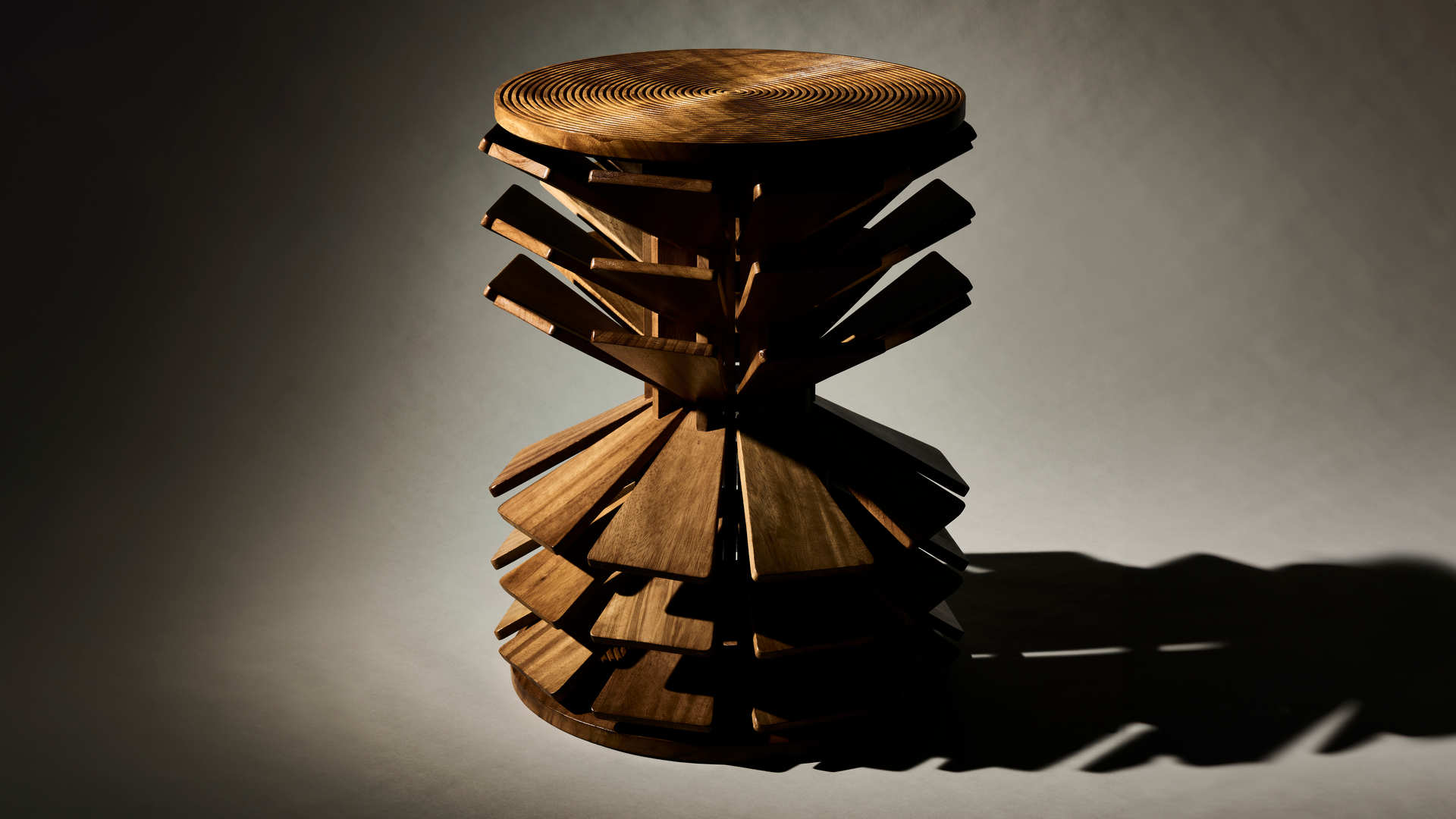 The work of Salù Iwadi Studio reclaims African perspectives with a global outlook
The work of Salù Iwadi Studio reclaims African perspectives with a global outlookWallpaper* Future Icons: based between Lagos and Dakar, Toluwalase Rufai and Sandia Nassila of Salù Iwadi Studio are inspired by the improvisational nature of African contemporary design
-
 Top 25 houses of 2025, picked by architecture director Ellie Stathaki
Top 25 houses of 2025, picked by architecture director Ellie StathakiThis was a great year in residential design; Wallpaper's resident architecture expert Ellie Stathaki brings together the homes that got us talking
-
 Year in review: the shape of mobility to come in our list of the top 10 concept cars of 2025
Year in review: the shape of mobility to come in our list of the top 10 concept cars of 2025Concept cars remain hugely popular ways to stoke interest in innovation and future forms. Here are our ten best conceptual visions from 2025
-
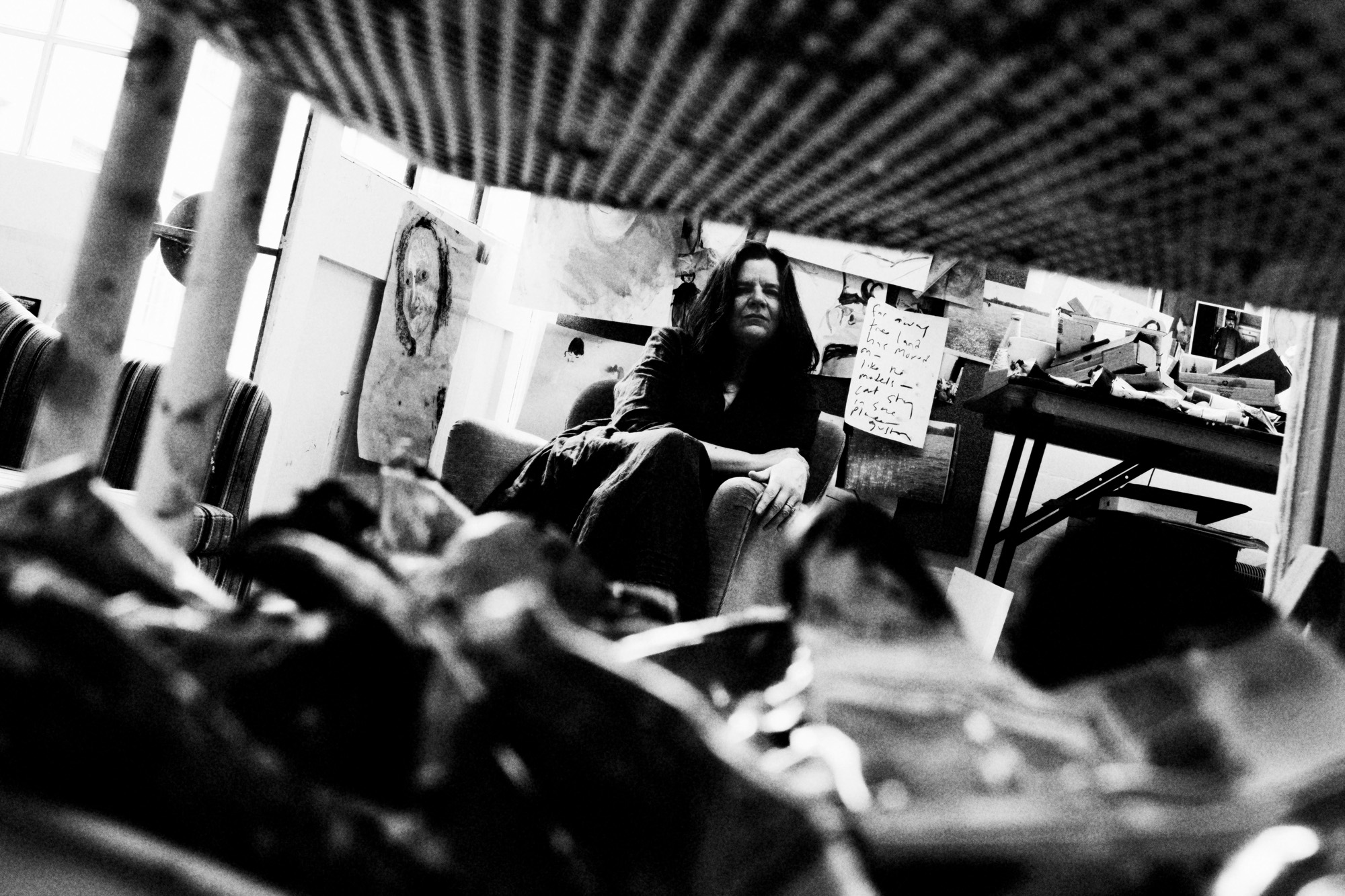 Chantal Joffe paints the truth of memory and motherhood in a new London show
Chantal Joffe paints the truth of memory and motherhood in a new London showA profound chronicler of the intimacies of the female experience, Chantal Joffe explores the elemental truth of family dynamics for a new exhibition at Victoria Miro
-
 Celia Paul's colony of ghostly apparitions haunts Victoria Miro
Celia Paul's colony of ghostly apparitions haunts Victoria MiroEerie and elegiac new London exhibition ‘Celia Paul: Colony of Ghosts’ is on show at Victoria Miro until 17 April
-
 Conrad Shawcross plays with the dimensions of time for Royal Salute
Conrad Shawcross plays with the dimensions of time for Royal SaluteTime Chamber, a new work by Conrad Shawcross for Royal Salute, is the second edition in the brand’s Art of Wonder collection
-
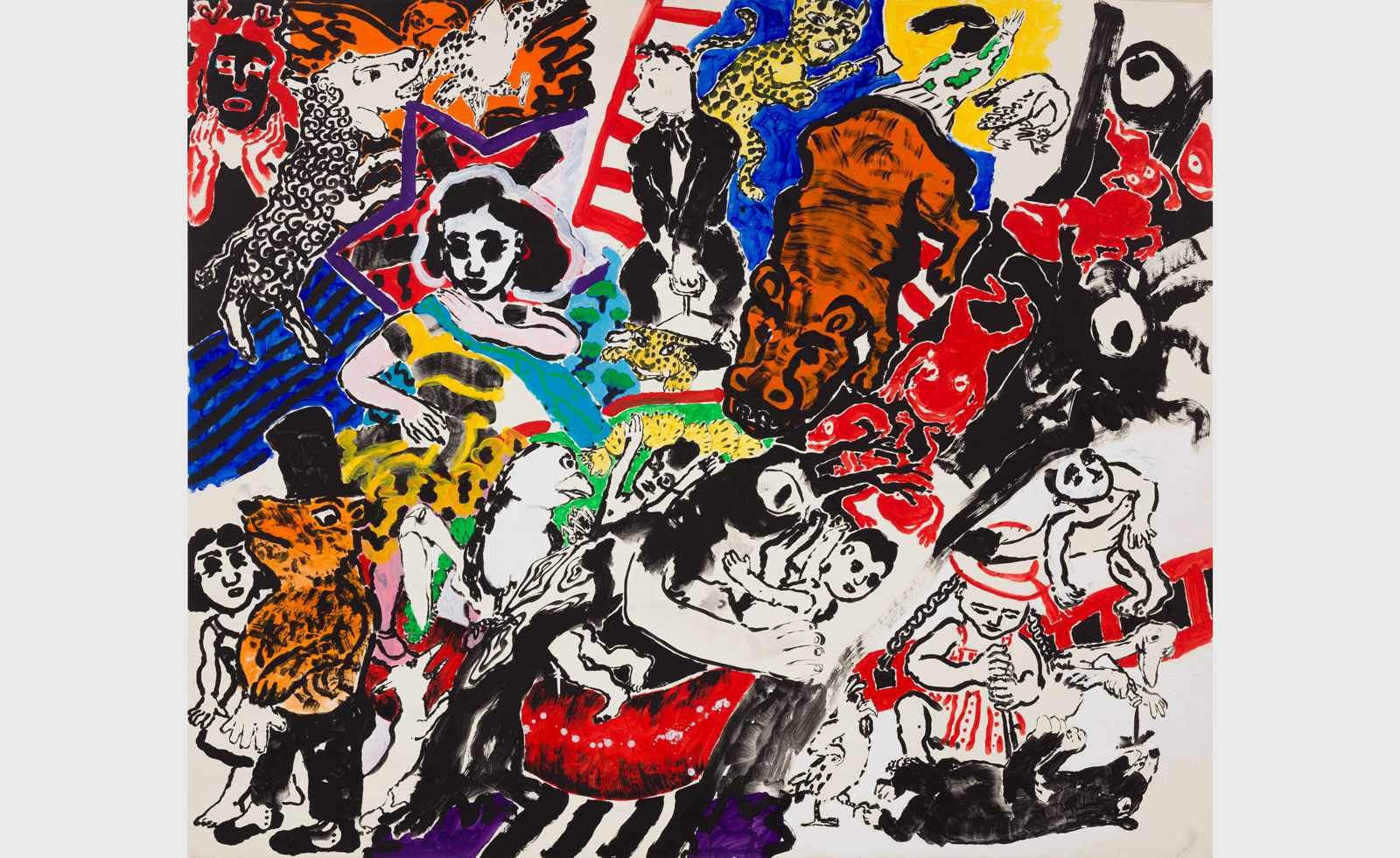 ‘Darker, more sinister themes’: Paula Rego’s decade of self-discovery is the subject of a new London exhibition
‘Darker, more sinister themes’: Paula Rego’s decade of self-discovery is the subject of a new London exhibitionPaula Rego’s ‘Letting Loose’, at Victoria Miro in London, considers the artist’s work from the 1980s
-
 Alex Hartley’s eerie ode to Carlo Scarpa in Venice
Alex Hartley’s eerie ode to Carlo Scarpa in VeniceAlex Hartley’s theatrical new installation ‘Closer than Before’ at Victoria Miro Venice is a haunting take on architectural destruction in Venice
-
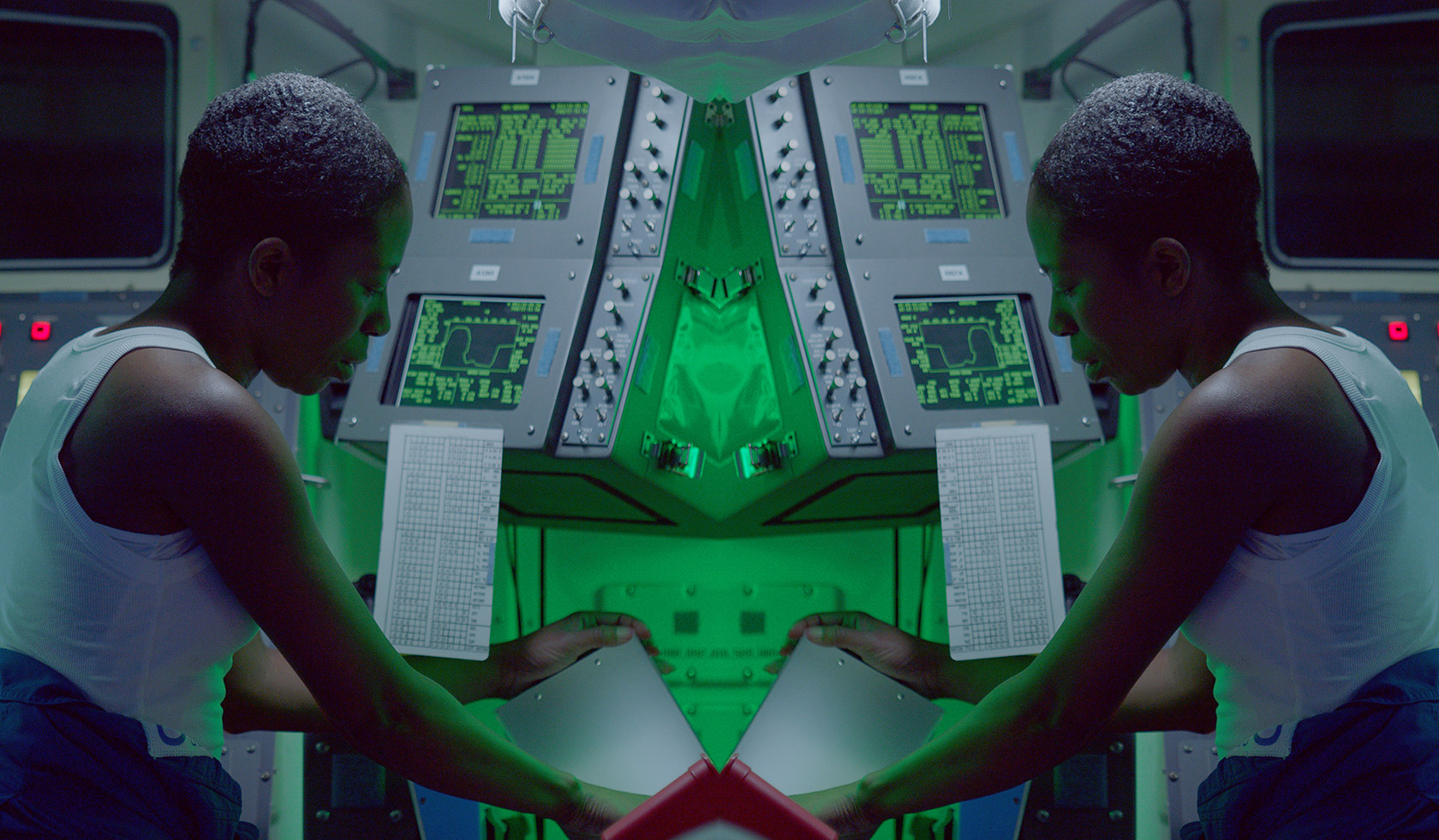 Stan Douglas’ riff on alternative realities has us seeing double
Stan Douglas’ riff on alternative realities has us seeing doubleCoinciding with the announcement that the Vancouver artist will represent Canada in the 2021 Venice Biennale, his galleries in New York and London are staging a dual survey of his ambitious video installation Doppelgänger
-
 Singling out the solo booths to see at Frieze Los Angeles
Singling out the solo booths to see at Frieze Los AngelesOver 70 galleries will descend on Paramount Pictures Studio for the second edition of the West Coast art fair (14-16 February), anchored by an ambitious programme of special projects, film screenings, talks, and institutional collaborations
-
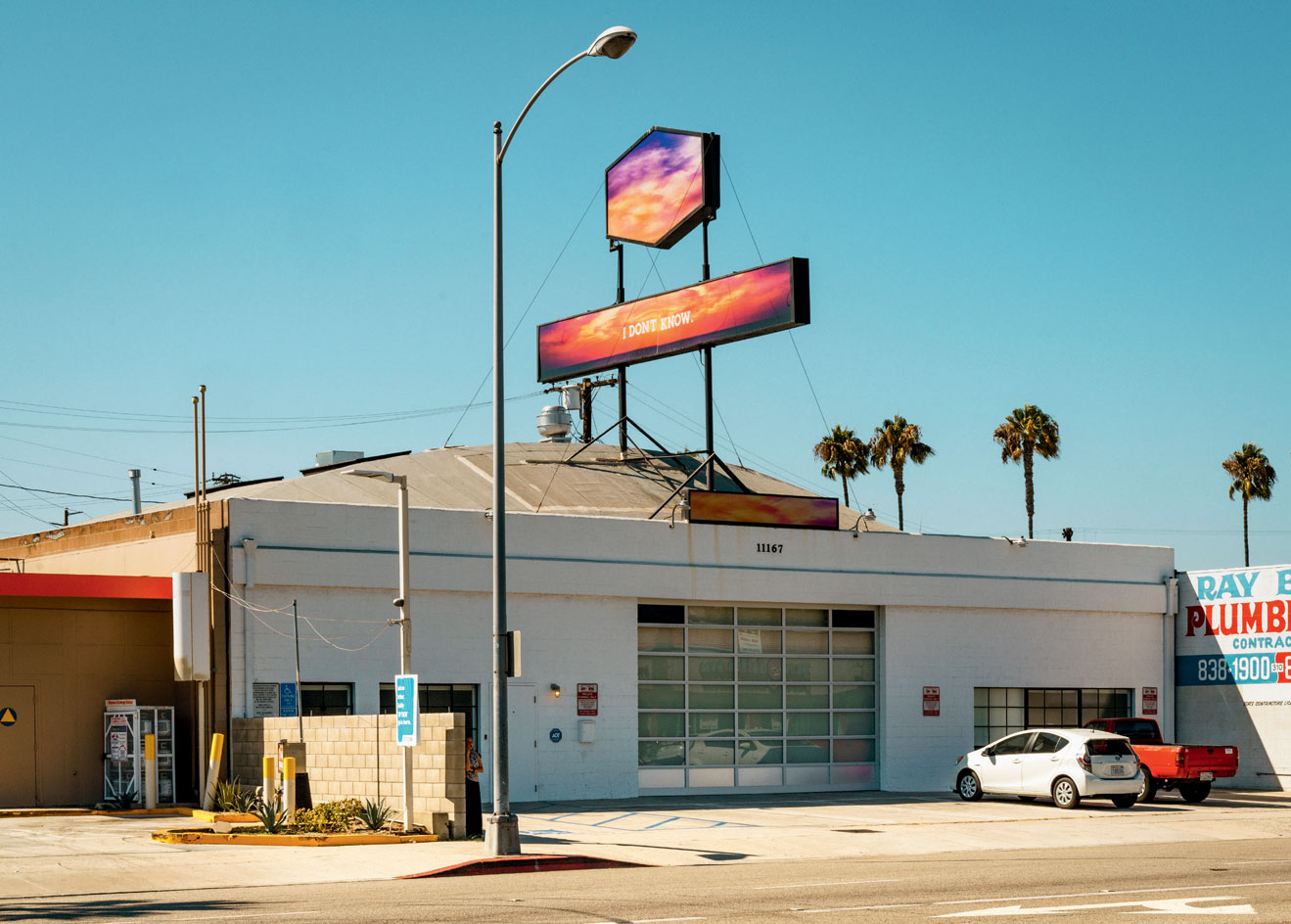 Doug Aitken’s epic art finds a home in a transformed auto repair shop in California
Doug Aitken’s epic art finds a home in a transformed auto repair shop in CaliforniaAs Doug Aitken features in the Wallpaper* 300, our guide to creative America, we revisit the surreal signage and sun-blasted landscapes of his portfolio of work, exclusively published in our November 2019 issue